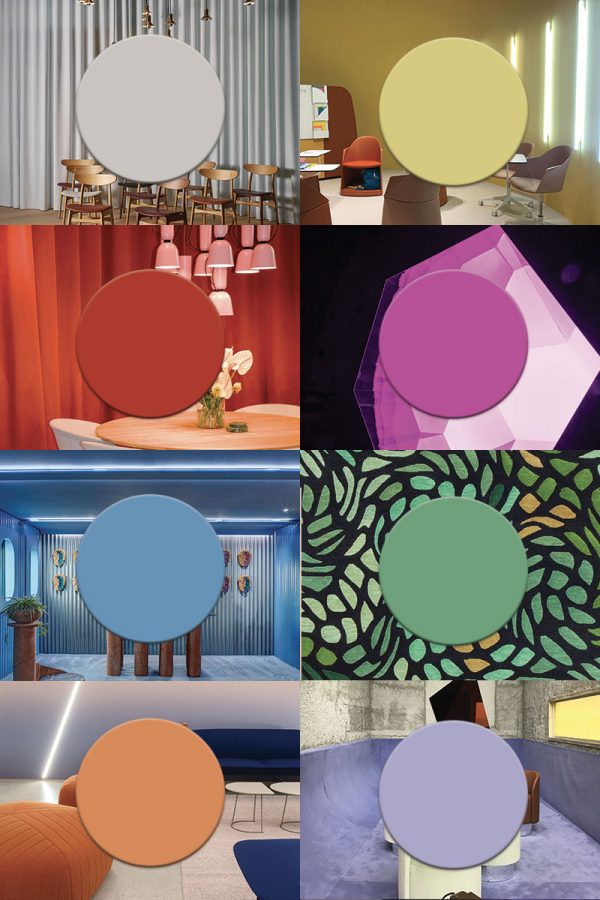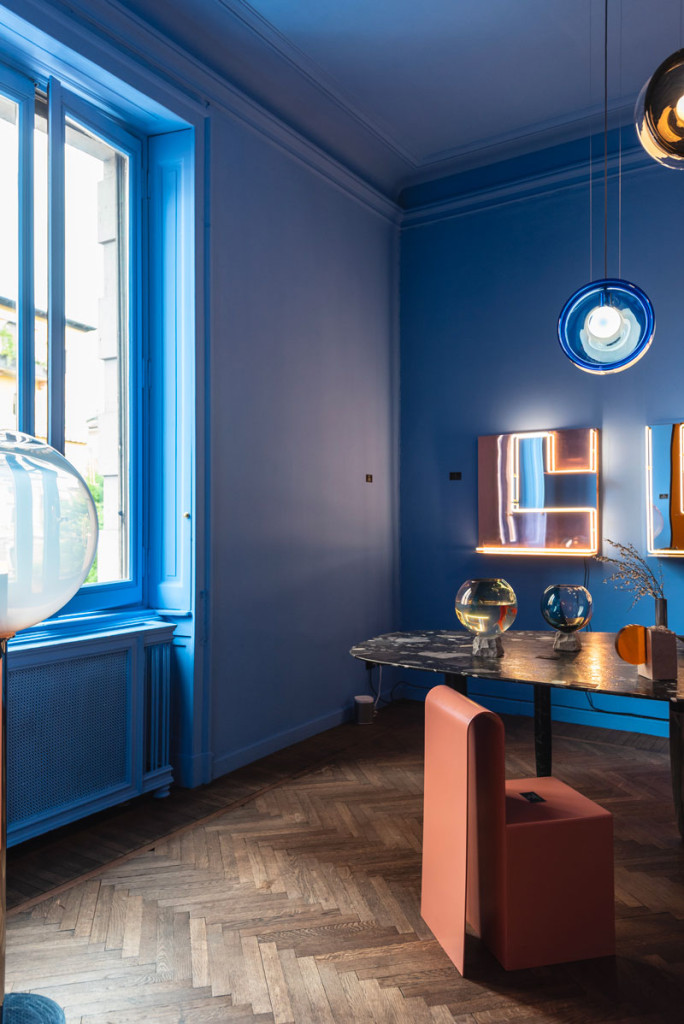New Fasion Home Colors design –2021
Every year, Milan, known as the epicenter of design innovation, unveils the latest trends that are set to dominate interior spaces globally. This unveiling is not merely about what’s fashionable; it’s a detailed narrative of what colors, materials, and styles will shape the way we perceive and inhabit our personal spaces.
Like the ever-evolving world of fashion, interior design trends require a judicious approach: one should stay informed and adaptive, yet there’s no need to impulsively repaint or remodel immediately.
Milan, through its annual exposés, suggests trends that might not permeate the everyday until much later, often adapting to local tastes and practicalities.
This season, Milan has introduced a palette that resonates with tranquility and harmony, featuring colors like champagne, lemon yellow, pumpkin red, and sky blues. These choices herald a trend towards more serene and naturalistic color schemes, designed to create a restful ambiance that mimics the comforting embrace of nature.
The significance of these colors extends beyond their aesthetic appeal; it’s also about the thoughtful application of materials that complement and enhance these hues.
Beiges and greys, mirroring the stable and enduring presence of rocks, provide a neutral backdrop that complements the more vivid colors. Additionally, the palette includes broken greys that evoke the dramatic tension of a stormy sky, along with khaki, olive, and dirty sea blues, which introduce a sophisticated and mature depth to the overall design narrative.
The strategic use of these materials and colors is essential in achieving a balanced interior. Milan’s guidelines suggest a move toward incorporating elements that not only beautify but also sustain—promoting materials that are durable, eco-friendly, and conducive to creating a healthy living environment.
This approach aligns with a broader shift in the design world towards sustainability, where the aesthetic value of interior elements is equally weighed against their environmental impact.
Moreover, the trend extends to how these elements are integrated into living spaces. For instance, the inclusion of natural wood not only enhances the visual warmth of a room but also encourages the use of renewable resources. Similarly, the incorporation of plants is not merely decorative but functional, improving air quality and adding a dynamic, living component to static rooms.
However, adapting these global trends to local contexts requires a nuanced understanding. What is showcased on the runways of Milan might need to be thoughtfully adjusted to fit the specific style, climate, and architectural traditions of other regions. This adaptability is crucial for ensuring that the trends enhance rather than overpower the unique character of individual homes.
It is also worth noting that while Milan can dictate what’s en vogue, the ultimate decision lies with the individual homeowners and designers. The challenge and art of interior design lie in interpreting these trends to suit personal tastes and lifestyles.
This means selectively integrating new ideas in a way that maintains harmony with existing elements and personal preferences, ensuring that the space remains comfortable and authentic to its inhabitants.
In conclusion, Milan’s role as a trendsetter in design is undeniable, but its influence should be viewed as a guide rather than a dictate. The effective use of design trends involves a balance—between innovation and tradition, global inspiration and local application, and aesthetics and functionality.
By understanding and thoughtfully applying these principles, one can create interior spaces that are not only stylish and contemporary but also timeless and genuinely reflective of personal taste and comfort. This thoughtful approach to interior design ensures that spaces are not just fashionable but truly feel like home, embodying a sense of personal sanctuary and style.






